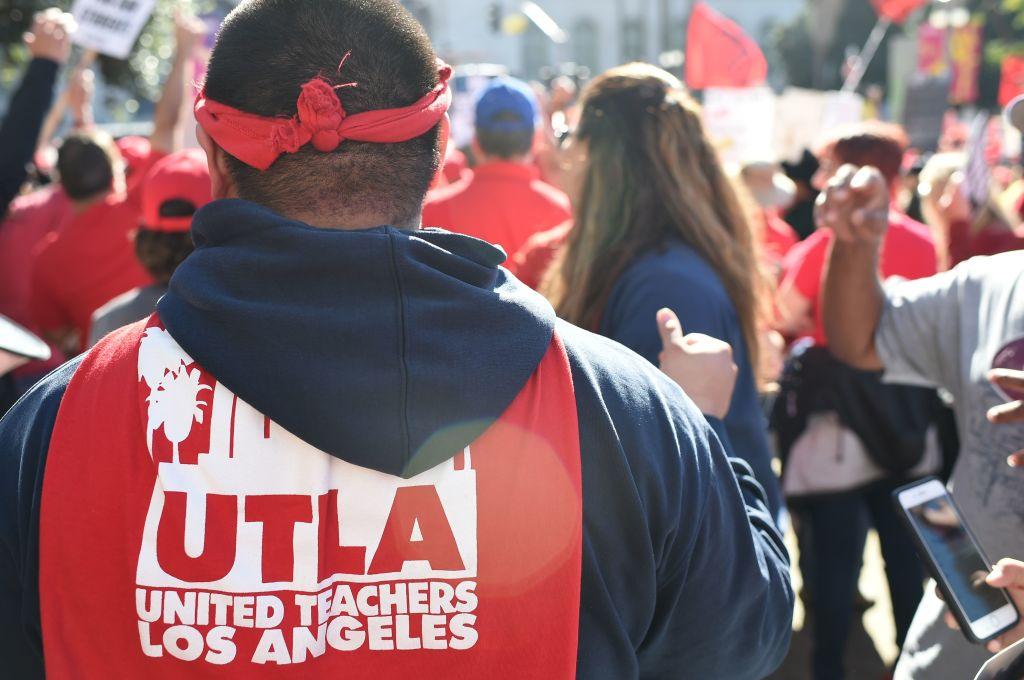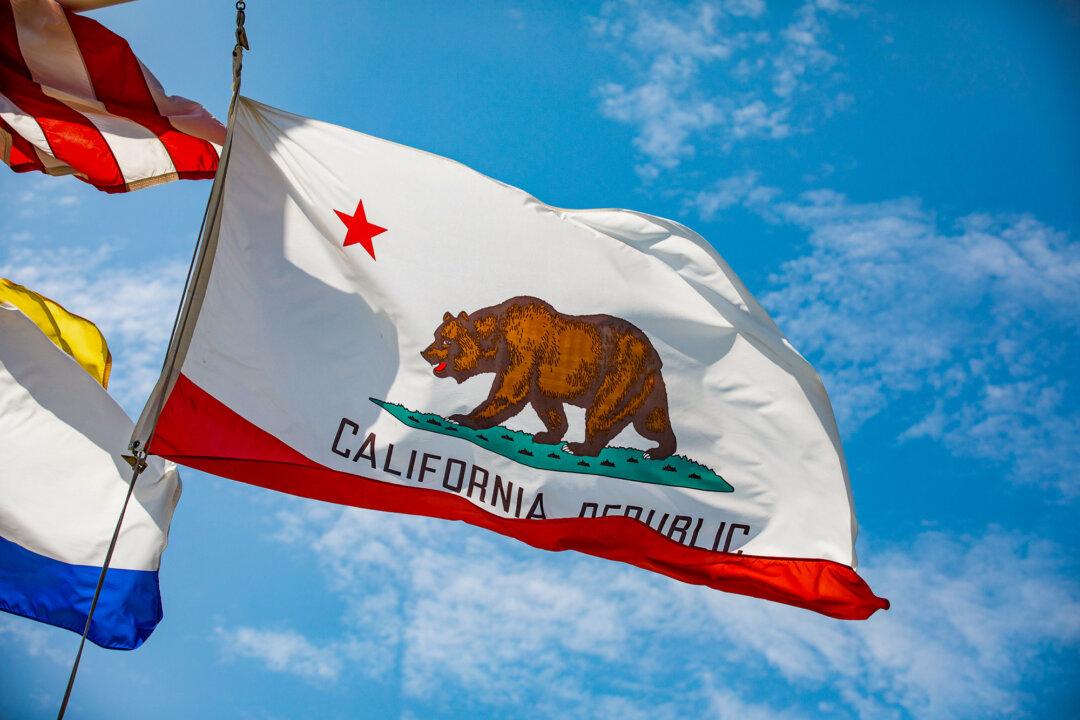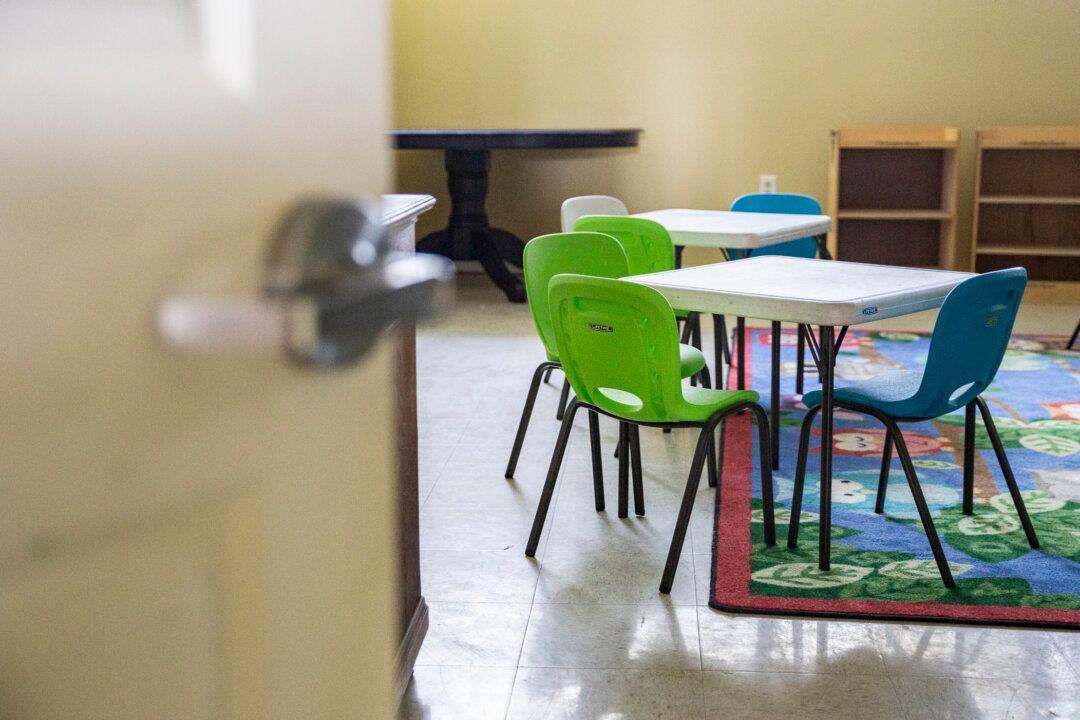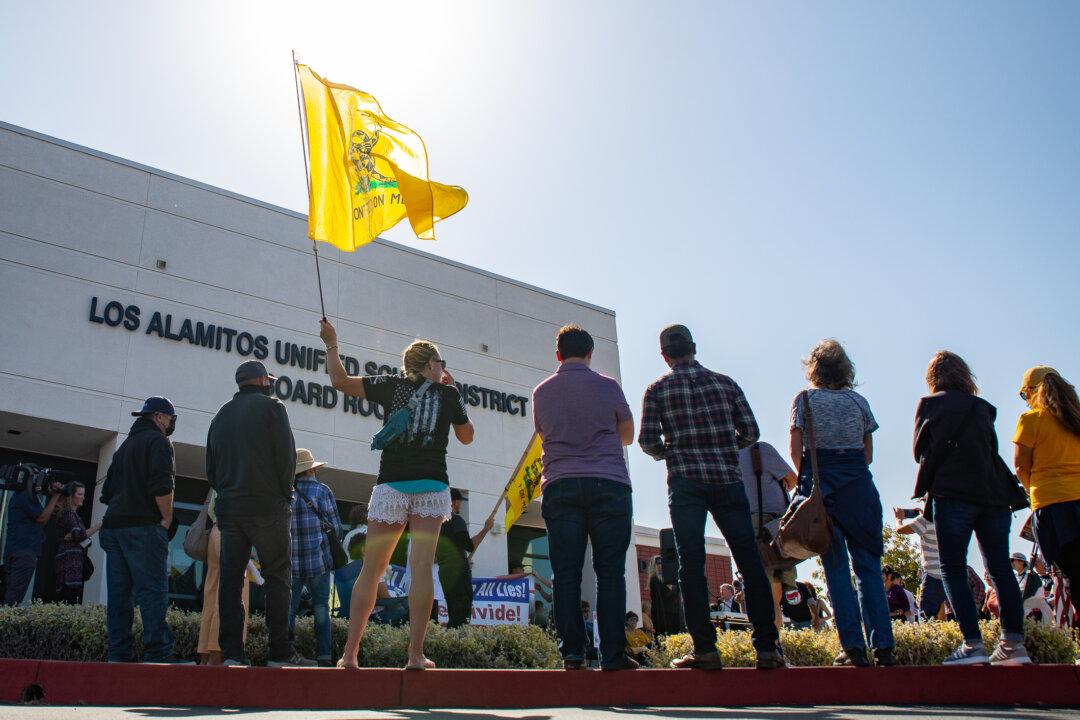Commentary
After college, I taught fourth grade in my childhood public school district. I learned much from the kids and teachers and thoroughly enjoyed my time in the classroom. Teachers perform miracles every day, and their impact on generations of children can be profound. I understand why they’re so loved and respected.





